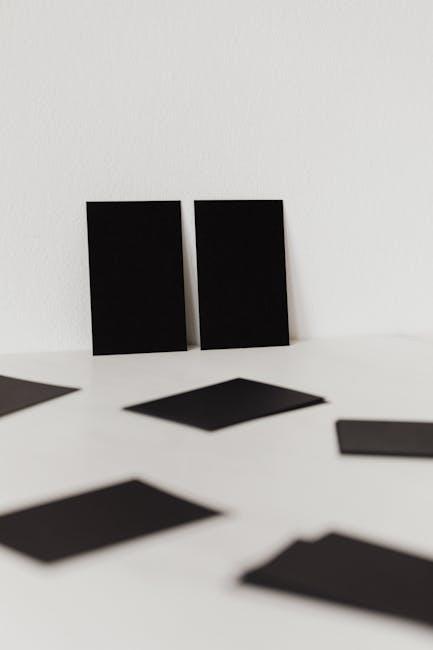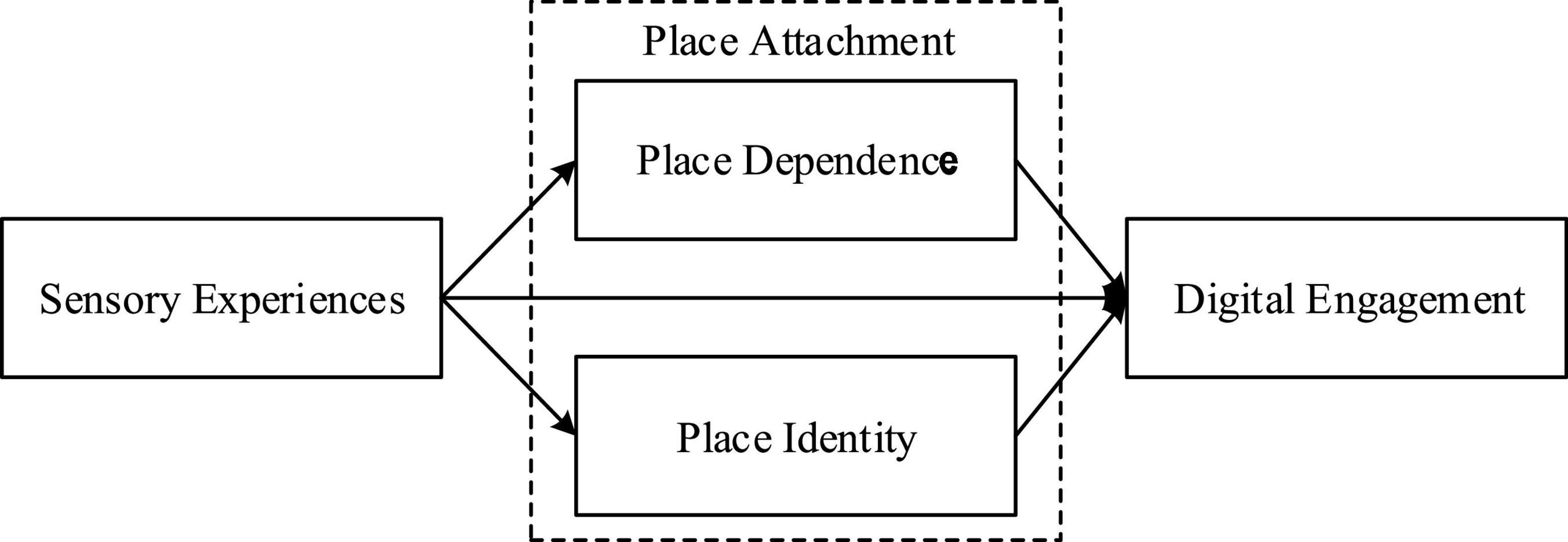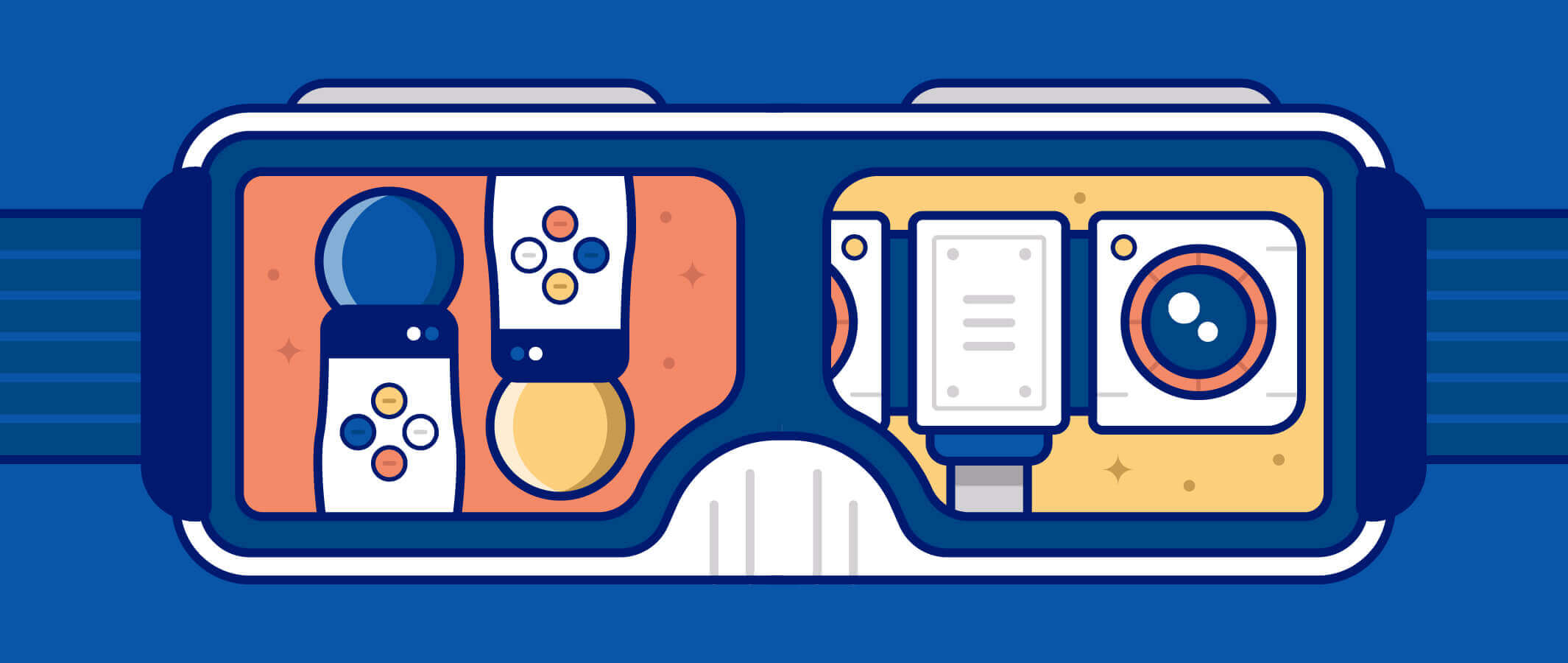
Attention all logo designers and brand enthusiasts! In a world filled with endless visual noise, it’s time to awaken your senses and harness the power of sensory branding in logo design. Get ready to tickle your tastebuds, ignite your olfactory receptors, and make your brand stand out in a sea of mediocrity. Let’s dive into the world of logo design where sight, sound, smell, taste, and touch collide in the most deliciously creative way possible.
Understanding sensory branding
Imagine walking into a luxurious hotel and being greeted with the soothing scent of lavender wafting through the air, the sound of calming instrumental music playing in the background, and the sight of plush, velvety cushions beckoning you to sink into them. This is sensory branding at its finest – using all five senses to create a memorable and engaging experience for customers.
When it comes to sensory branding, there are a few key elements to consider:
– **Visual**: The colors, imagery, and overall aesthetic of a brand can have a powerful impact on how it is perceived. Think about the iconic red and white of Coca-Cola or the sleek, minimalist design of Apple products.
– **Auditory**: The sounds associated with a brand, whether it be a catchy jingle or the ambient noise in a store, can play a big role in shaping consumer perception. Just think of how instantly recognizable the Intel jingle is!
– **Olfactory**: Scents can evoke powerful emotions and memories, making them a valuable tool for brands looking to create a lasting impression. Who can forget the irresistible smell of freshly baked cookies at Mrs. Fields?
Next time you find yourself drawn to a particular brand, take a moment to think about how they are appealing to your senses. From the sights and sounds to the smells and textures, sensory branding is all around us, shaping our perceptions and influencing our decisions. So, the next time you encounter a brand that leaves a lasting impression on you, remember that it’s all in the sensory details.
Utilizing color psychology in logo design
Are you tired of designing logos that lack the pizzazz needed to capture your audience’s attention? Well, fear not my fellow designer, because we have the secret weapon in our arsenal – color psychology. By harnessing the power of colors, we can tap into the subconscious minds of consumers and create logos that speak volumes without saying a word.
Imagine a world where every shade has a meaning, where red symbolizes passion, blue exudes trust, and yellow radiates positivity. By strategically incorporating these colors into our logo designs, we can evoke the emotions and sentiments that will resonate with our target audience on a deeper level. It’s like casting a spell with our design skills, but way more socially acceptable.
So, let’s break it down, shall we? Here’s a crash course in color psychology for logo design:
– **Red:** A symbol of passion, energy, and excitement. Perfect for brands that want to make a bold statement and stand out from the crowd.
- **Blue:** Represents trust, reliability, and professionalism. Ideal for businesses that want to establish themselves as industry leaders and gain the trust of their customers.
– **Yellow:** Radiates positivity, happiness, and optimism. Great for brands that want to exude a sunny disposition and attract customers who are all about good vibes.
Incorporating symbolism and meaning
Symbols and meaning are like the spices in the stew of life - they add flavor, depth, and intrigue to our everyday experiences. Incorporating symbolism into your writing, art, or even your wardrobe can elevate your work to a whole new level. Here are some tips on how to infuse your creations with layers of hidden meaning:
- Choose symbols that resonate with you personally – whether it’s a favorite animal, a meaningful color, or a specific flower, incorporating symbols that hold personal significance will add authenticity to your work.
- Don’t be afraid to get weird – sometimes the most impactful symbols are the ones that make people scratch their heads and go, ”Huh?” Think outside the box and let your imagination run wild.
- Use symbolism to create intrigue and mystery – leave breadcrumbs of meaning throughout your work that will keep your audience guessing and coming back for more.
Remember, symbolism doesn’t have to be heavy-handed or obvious. Sometimes the most effective symbols are the subtle ones that whisper their meaning rather than shout it from the rooftops. So go forth, brave creator, and infuse your work with layers of symbolism that will leave your audience pondering the depths of your genius.

Creating a memorable brand experience
Want to make a lasting impression on your customers? It’s time to create a brand experience they’ll never forget! Here are some tips to help you stand out from the crowd:
- Know your audience: Understanding your target market is key to . What do they like? What makes them tick? Use this knowledge to tailor your branding efforts to speak directly to them.
- Be authentic: Don’t try to be something you’re not. Authenticity is what sets you apart from the competition. Be true to your brand values and let your personality shine through in everything you do.
- Create a wow factor: Surprise and delight your customers with unexpected experiences. Whether it’s a fun social media campaign or a unique packaging design, going the extra mile will leave a lasting impression.
Remember, building a memorable brand experience takes time and effort, but the payoff is well worth it. So get creative, think outside the box, and make your brand one that people will never forget!

Engaging multiple senses through design choices
When it comes to designing a space, engaging multiple senses can truly elevate the experience. Think beyond just what looks good—consider how the space feels, smells, and even sounds. Here are some design choices to make your space a sensory wonderland:
- Texture: Incorporate a variety of textures, from plush velvet cushions to sleek marble countertops. Encourage people to touch and feel different surfaces throughout the space.
- Color: Use a bold color palette to create visual interest, but also consider how colors can evoke certain emotions. Maybe a calming blue for a relaxation space or a vibrant red in a high-energy area.
- Sound: Don’t underestimate the power of sound in a space. Whether it’s playing soothing music in a waiting room or adding a water feature for some natural ambiance, sound can greatly impact the overall feel of a space.
- Scent: Who says design choices are limited to just what you can see and touch? Integrate subtle, pleasant scents throughout the space to create a truly immersive experience. Think fresh flowers, essential oil diffusers, or even scented candles.
By engaging multiple senses in your design choices, you can create a space that not only looks great but feels great too. So go ahead, get creative and make your space a true sensory delight!
The impact of sensory branding on consumer perception
Let’s talk about how sensory branding can make or break a consumer’s perception of a product or brand. Think about it – would you be more likely to buy a product that smells like freshly baked cookies or one that smells like last week’s gym socks?
Brands often use a combination of sights, sounds, and smells to create a sensory experience that resonates with consumers. Whether it’s the satisfying *crunch* of biting into a potato chip or the soothing sound of ocean waves in a commercial, these sensory cues can make a big impact on how we perceive a product.
Imagine walking into a store and being greeted by the sweet scent of vanilla wafting through the air, or hearing a catchy jingle that gets stuck in your head all day. These sensory cues can create a positive association with a brand and make you more likely to choose their products over a competitor’s.
So next time you’re shopping, pay attention to the sensory cues around you. You might be surprised at how much they influence your perception of a product – and who knows, you might just find yourself reaching for that bag of cookies that smells like home sweet home.
FAQs
How can incorporating sensory elements into a logo design make a brand more memorable?
Well, let me tell you, our brains are wired to respond to sensory stimuli. By engaging multiple senses through a logo design, such as using bold colors, interesting textures, or unique shapes, a brand can create a more memorable and lasting impression on potential customers. It’s like giving your brand a little extra sparkle that will stick in people’s minds!
What are some examples of successful sensory branding in logo design?
Oh, there are plenty of examples out there! Just think about the McDonald’s golden arches - those iconic golden curves practically scream “happiness” and “fast food” all at once. Or how about the Coca-Cola logo with its classic red and white colors that make you instantly crave a refreshing drink? These brands have nailed sensory branding in their logo designs, and look how successful they are!
How can a small business utilize sensory branding in their logo design on a budget?
Who says you need a big budget to make a big impact? Small businesses can get creative with their logo designs by focusing on simple yet powerful sensory elements. Play around with different colors, fonts, and symbols that resonate with your brand’s personality. You don’t need to break the bank to create a logo that leaves a lasting impression!
What role does psychology play in sensory branding in logo design?
Ah, psychology – the science of the mind! When it comes to logo design, understanding psychological principles can give you a leg up in creating a logo that connects with your target audience on a deeper level. Colors, shapes, and even fonts can evoke certain emotions and perceptions in people’s minds, so why not use that to your advantage in your logo design? It’s like mind control, but in a totally ethical and fun way!
Ready to Make Your Brand Pop?
Now that you’ve unlocked the secrets of sensory branding in logo design, it’s time to unleash your creative genius and make your brand stand out from the rest. Remember, your logo isn’t just a pretty picture – it’s a powerful tool that can communicate with your audience on a whole new level.
So go forth, brave brand warrior, and conquer the world with the power of sensory branding. Your logo will thank you later. And who knows, maybe one day you’ll be able to retire on a beach somewhere, sipping cocktails and basking in the glory of your perfectly designed logo. The possibilities are endless – as long as you keep those senses tingling.











